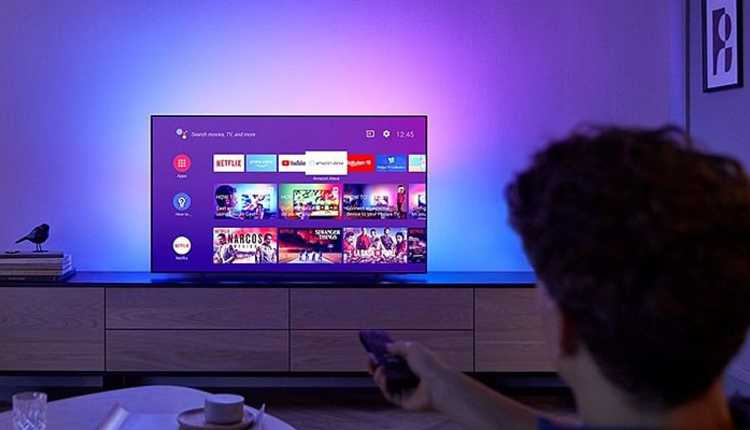What is the OTT platform?
OTT “Over-the-top” is a platform that provides different media services through streaming via the Internet. There are more than 30 OTT platform providers who are functioning in India. The value of the OTT market has grown to more than 30 billion in 2019. India had its first OTT platform in 2008, which was launched by Reliance Entertainment named “BIGFix”.The craze for the OTT platform started from the year 2013 with the release of Zee and SonyLiv. People started looking for various options with the release of these platforms.
OTT platforms in the pandemic
With the increased use of the Internet, the OTT platforms also recorded an increase in users’ number. The immense traffic on these OTT platforms also brought a high percentage of profits for the OTT platform owners. When every industry did suffer a loss of some of the other kind because of many economic reasons and uncertainties, entertainment platforms made a growth curve. People had many options to choose from these OTT platforms, for example, Disney+ Hotstar, BigFix, Netflix, Hungama Play, etc. These OTT platforms made it easy and convenient for people to watch movies as the theatres were closed in the pandemic. OTT platforms made it comfortable for people with an internet connection to watch movies sitting at home.
Similarly, there were many protests by the people regarding the un-appropriate content being uploaded on these OTT platforms, which are Anti-National and are harming the integrity and sovereignty of the country. The un-availability of any such provisions, which punish and hold the owners of these OTT platforms accountable, made it a very easy procedure for the others to escape from the responsibility.
What are the new rules governing the OTT platforms?
The Government of India, on the 25th of February, brought a new set of rules to regulate these OTT platforms, which were named “Information Technology (Intermediary Guidelines and Digital Media Ethics Code), Rules, 2021”.
The Government has issued these guidelines to put restrictions on the intermediaries stating that these rules are important to hold these platforms accountable for the misuse of social media. The rules stated will need these companies to establish more stringent and stronger grievance redressal mechanisms.
Some people are also considering these regulations as a means of putting the OTT censorship, i.e. putting restrictions on the contents and the freedom to upload the same. The new OTT content regulation in India will also bring a lot of changes to the Country.
ALSO, READ | Most Popular Video on Demand apps and sites other than YouTube?
Some highlights from the new rules are:
- The new rules make it mandatory for the OTT platforms to divide the uploading content into five age groups, i.e. U that stands for Universal, 7+, 13+, 16+, Adult, and the imposition of restriction for the content that is classified as 13+ or more. This will also make it mandatory for the companies to specify the type of content the user will be watching. It allows the user to have prior knowledge of what he is going to watch before he decides to watch it, as stated by the Government.
- The new set of rules also mandates the companies to set up a 3-tier grievance redressal mechanism that will make it easier for the customers to get their grievances addressed by the respective companies. This 3-tier grievance redressal will include a self-regulated body by publishers, a self-regulated body that will be governed by a high court or a supreme court judge. The last one is an inter-ministerial committee that will be the formation of the Government and will give attention to some of the complaints.
- These rules are issued to address the issues reported by the customers and give the I&B the power to block or remove the content if there is an emergency. The Government, while stating the contents of the rules, stated that the intermediaries would also be mandated to appoint a “Grievance Officer” who will deal with all kinds of complaints and will acknowledge the complaints of the people within 24 hours that will be followed by the solution within 15 days from its receipt.
- The Government also stated that these kinds of grievance redressal mechanisms were in demand for a very long time by the film-makers, citizens of the country, associations and many other activists who have always complained about the inappropriate content available on these OTT platforms. The need for these set of rules was also stated by several Supreme Court proceedings that asked the Government to take some actions to address the people’s grievances. Parents also wanted some kind of restrictions and have complained that the Government should take some action to stop such content from getting accessed by their children.
Therefore, the Government has made social media intermediaries more responsible and accountable for uploading in-appropriate content. It will be interesting to see if OTT censorship can be a term that is given to this new set of rules.


